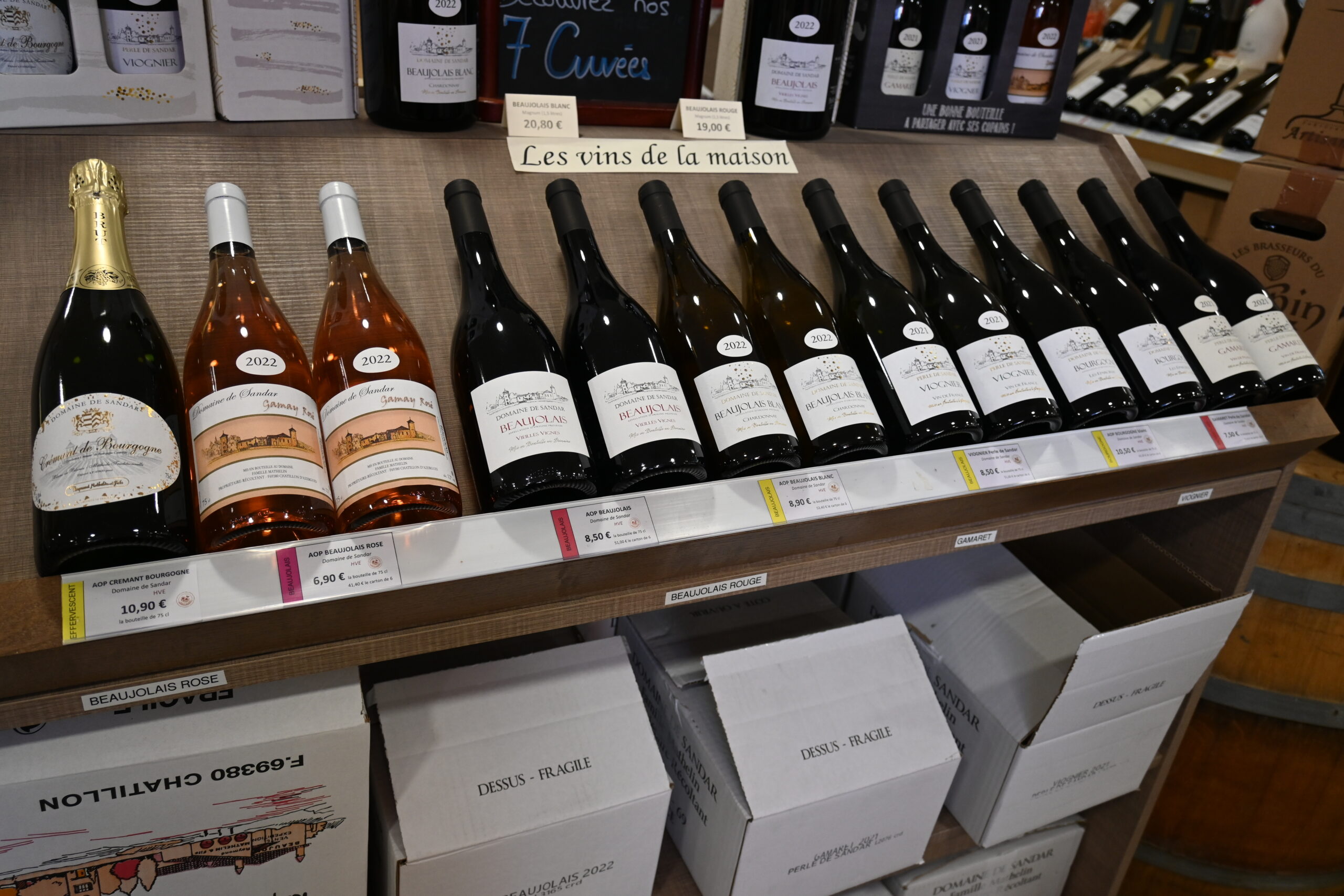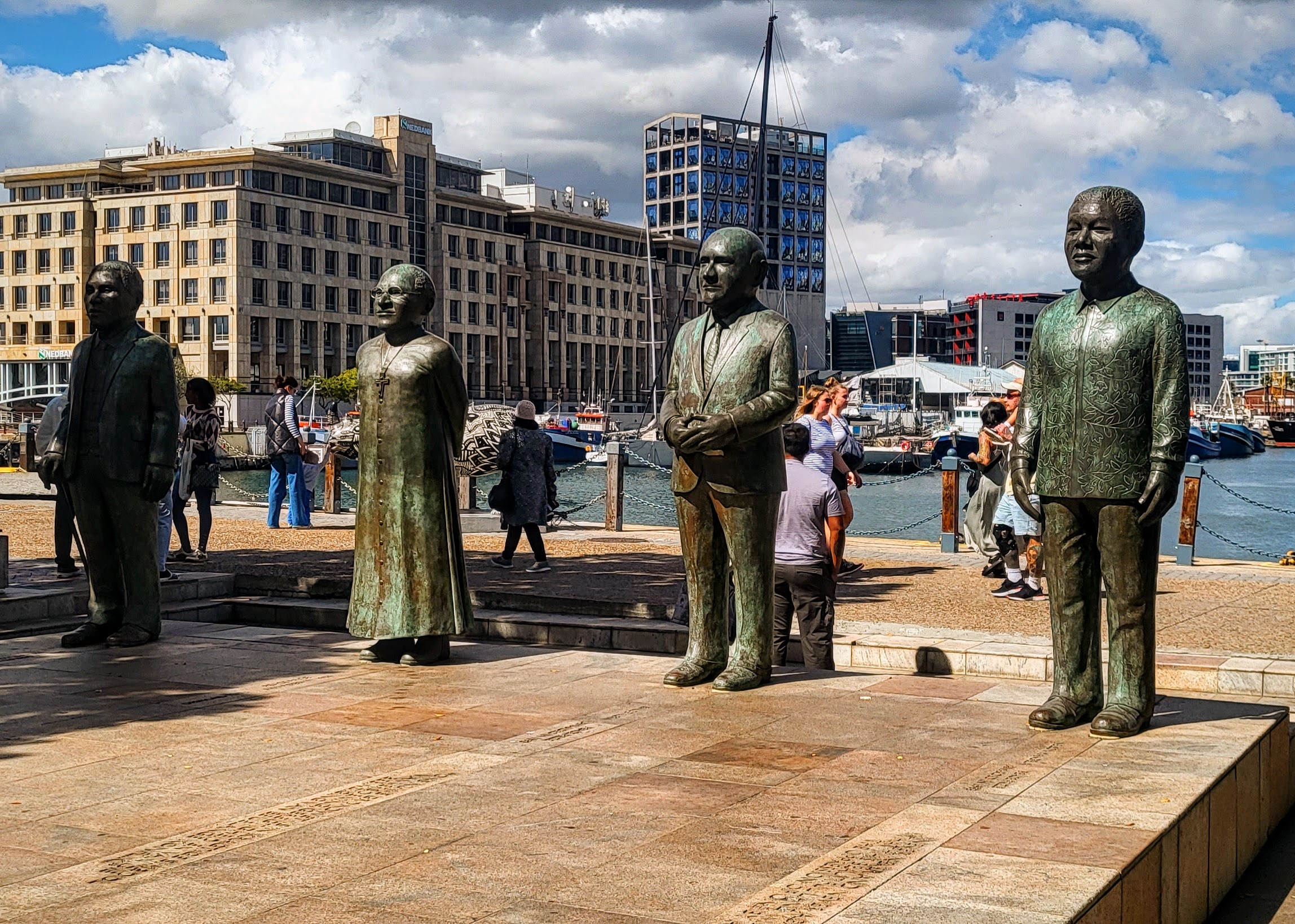LYON: FRANCE’S CULINARY HEART
Lyon, often overlooked by foreign tourists, is the culinary heart and soul of France and a fantastic destination to explore. We spent four days in Lyon and found it to be smaller, quieter, less crowded, and more laid-back than Paris, yet with a distinct and captivating charm. Popular among Parisians seeking a quick escape from the hustle and bustle of the capital, this hidden gem is well worth a visit.
We stayed in the city center at a hotel overlooking the Rhône River, one of the two rivers that cut through the city. The riverside is lined with boats converted into bars and restaurants, always bustling with people. From our room, we had a clear view of the magnificent Grand Hôtel-Dieu across the river. Multiple bridges span the Rhône, making it easy to walk anywhere in the city. Crossing the Saône River leads to the most intriguing part of Lyon: Vieux-Lyon, the city’s oldest neighborhood and a UNESCO World Heritage site. The Basilica Notre-Dame and the Roman ruins, perched on a hill overlooking the city, create a breathtaking backdrop.
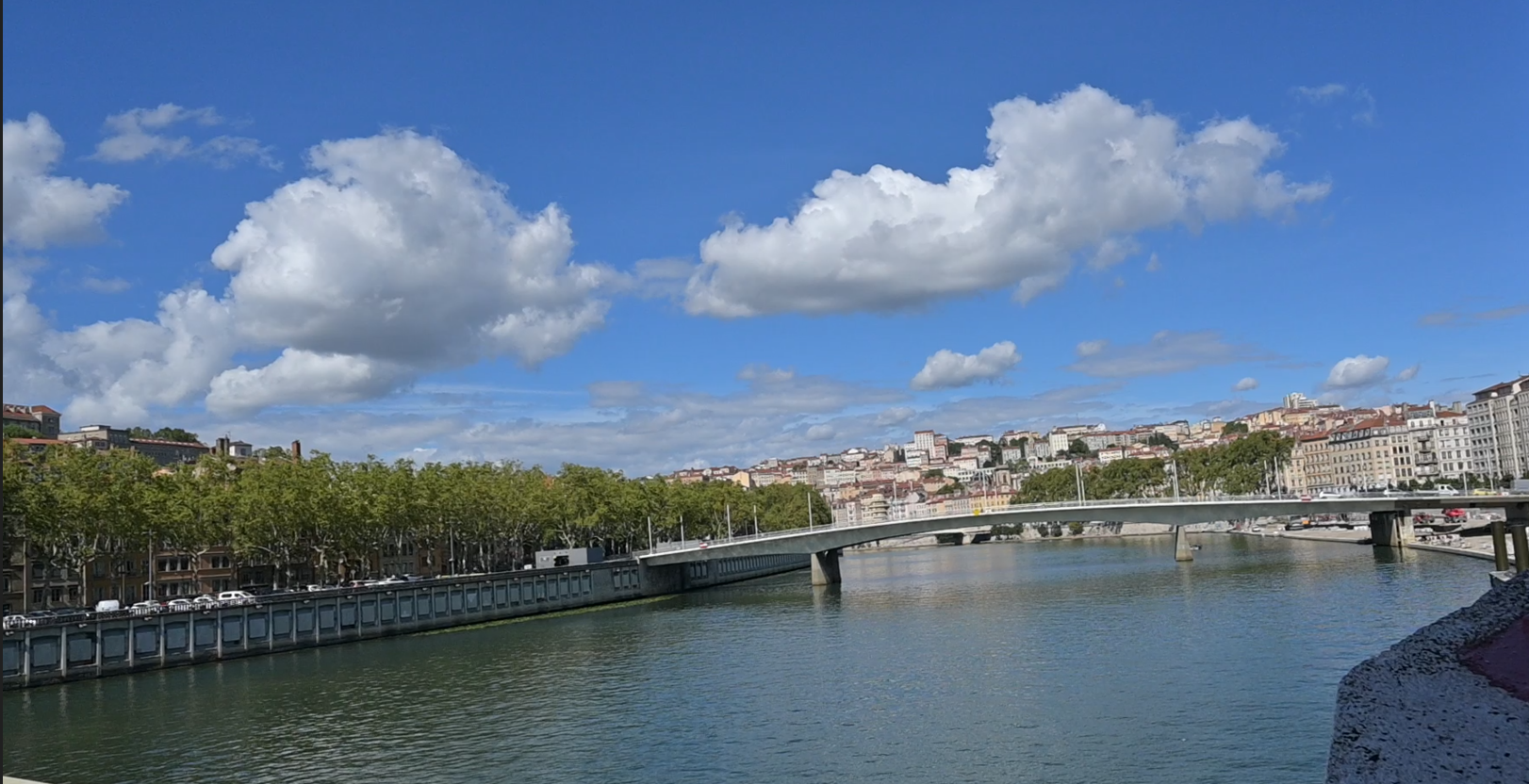
The Rhone river
We began our first day with a food tour. Our guide, an expat from Southern California, had been living in France for over 12 years and in Lyon for more than five. She started with a brief history of the city as she led our group of 12 through its charming streets. Over the span of four hours, we walked several miles, sampled dishes at five different establishments, drank wine and coffee, and concluded our tour with lunch at a Bouchon Lyonnais. This experience provided us with a fantastic introduction to Lyon and is something I would highly recommend.
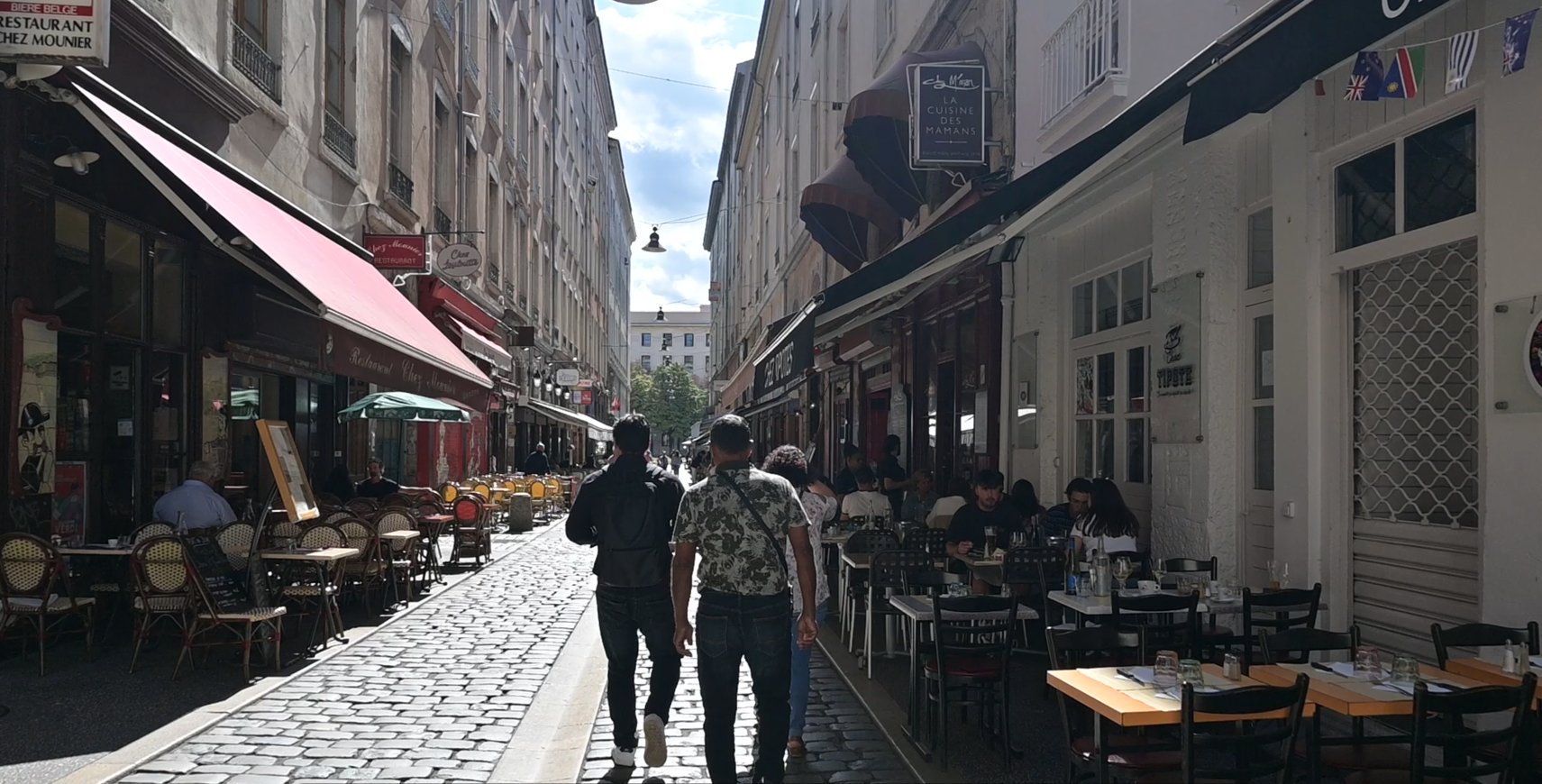
Popular street lined with Michelin Star restaurants and Bouchons
Bouchons are family-owned restaurants that originated in the 17th and 18th centuries to feed the city’s working class. Many were founded by women who had lost their jobs as cooks in noble households following the French Revolution. Unlike haute cuisine, the food served at bouchons is simple and hearty—comfort food reminiscent of a grandmother’s cooking. Most bouchons still offer generous portions at reasonable prices. However, it is best to avoid the overpriced, tourist-oriented bouchons. Asking a local for recommendations will lead you to an authentic experience.
Dishes to try at a bouchon include the famous Salade Lyonnaise—a delicious combination of lettuce, bacon, croutons, a poached egg, and mustard dressing. Other specialties include blood sausage, quenelle (a delicate fish dumpling), and coq au vin. Pair your meal with a local Beaujolais wine, and finish with a delectable praline tart or a tangy lemon pie.
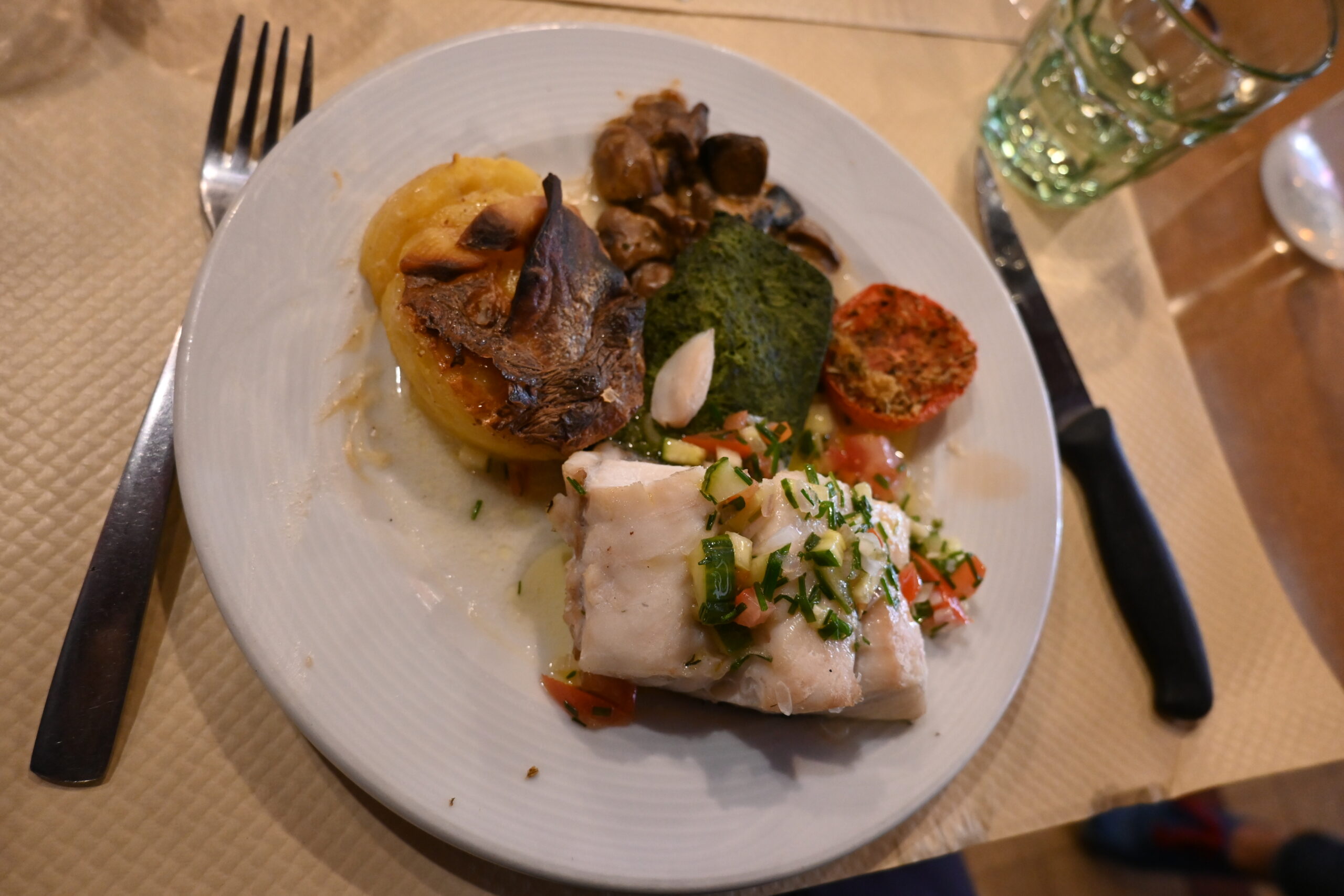
Lunch at a Bouchon

Lunch at a Bouchon
Lyon’s most famous culinary figure is Paul Bocuse, one of the world’s most renowned chefs and the creator of nouvelle cuisine. Although Bocuse passed away in 2018, his legacy remains ever-present in Lyon. The exquisite food market, Les Halles de Lyon Paul Bocuse, named in his honor, is a must-visit for food lovers. The selection of meats, cheeses, wines, and desserts is astounding. We spent a delightful afternoon browsing and ultimately dining at one of the many restaurants inside. While Bocuse’s flagship restaurant, L’Auberge du Pont de Collonges, located just outside Lyon, is notoriously difficult to book, his four brasseries within the city provide more accessible and affordable options. We were fortunate to dine at Brasserie Le Sud, which offers a Mediterranean menu, reasonable prices, excellent service, and outstanding food. I would highly recommend a visit.
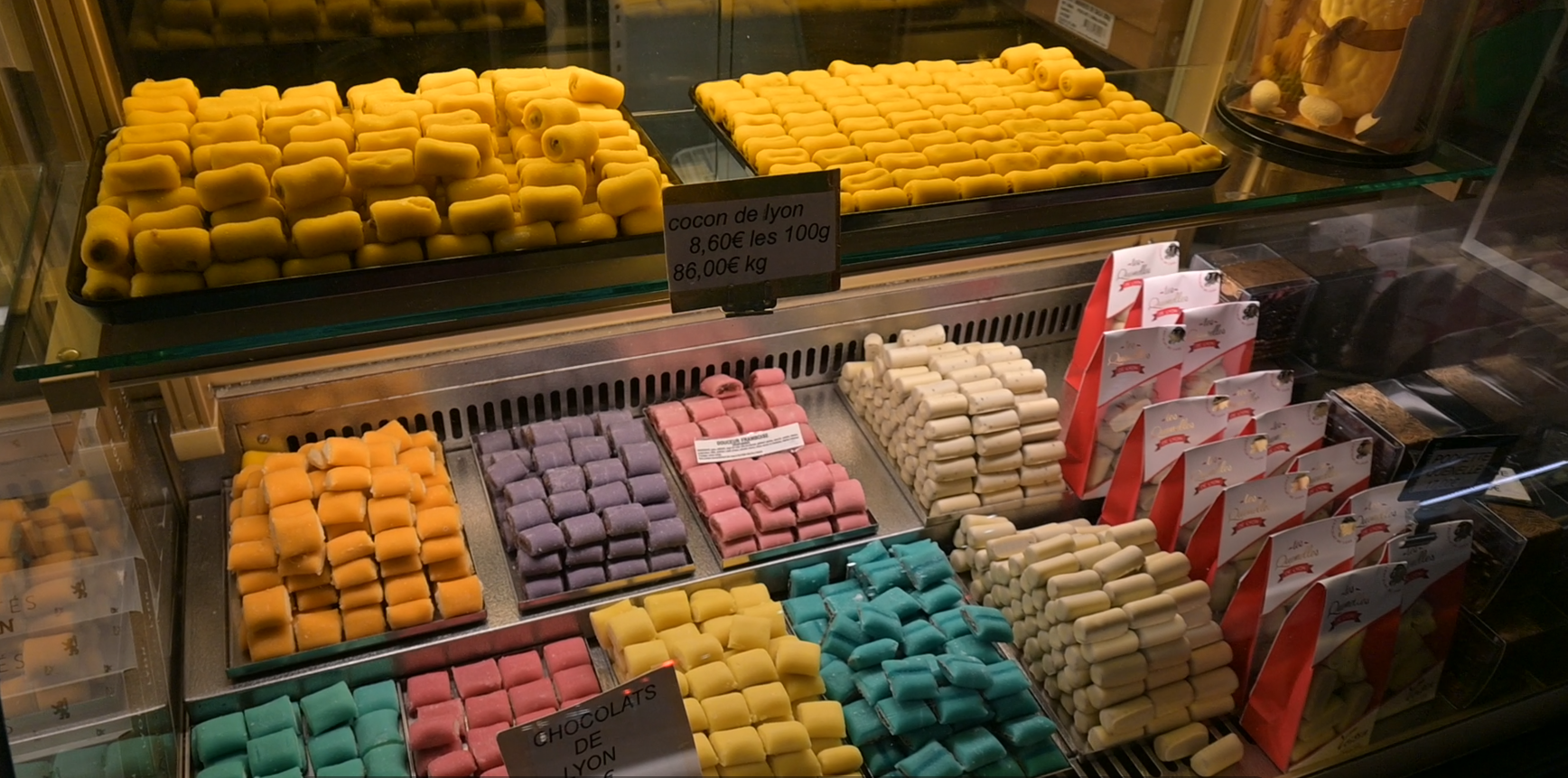
Cookies on display at Les Halles Food Market named after Paul Bocuse
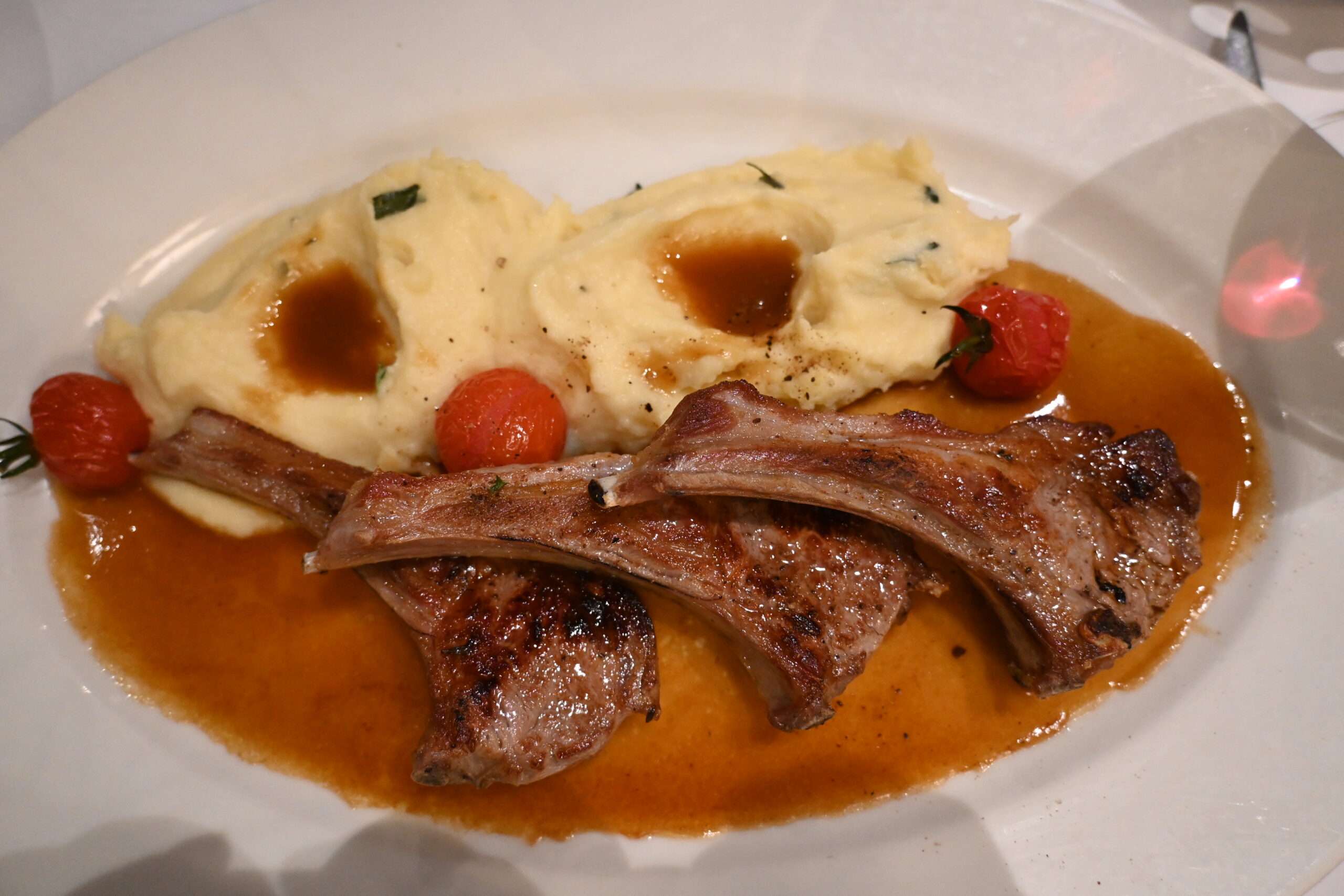
Lamb chops for dinner at Paul Bocuse’ Brasserie La Sud
The following day, we ventured into the Beaujolais wine region. Driving along the Saône River, we passed through picturesque small towns, villages, and sprawling vineyards. We stopped in Villefranche-sur-Saône, a rather unremarkable town, for lunch before heading to the tourist office, where the helpful staff directed us to a few wineries. One of our stops was in Châtillon-d’Azergues, where the friendly winemaker entertained us with stories about his wines and travels. Following his recommendation, we then drove to the medieval town of Oingt.
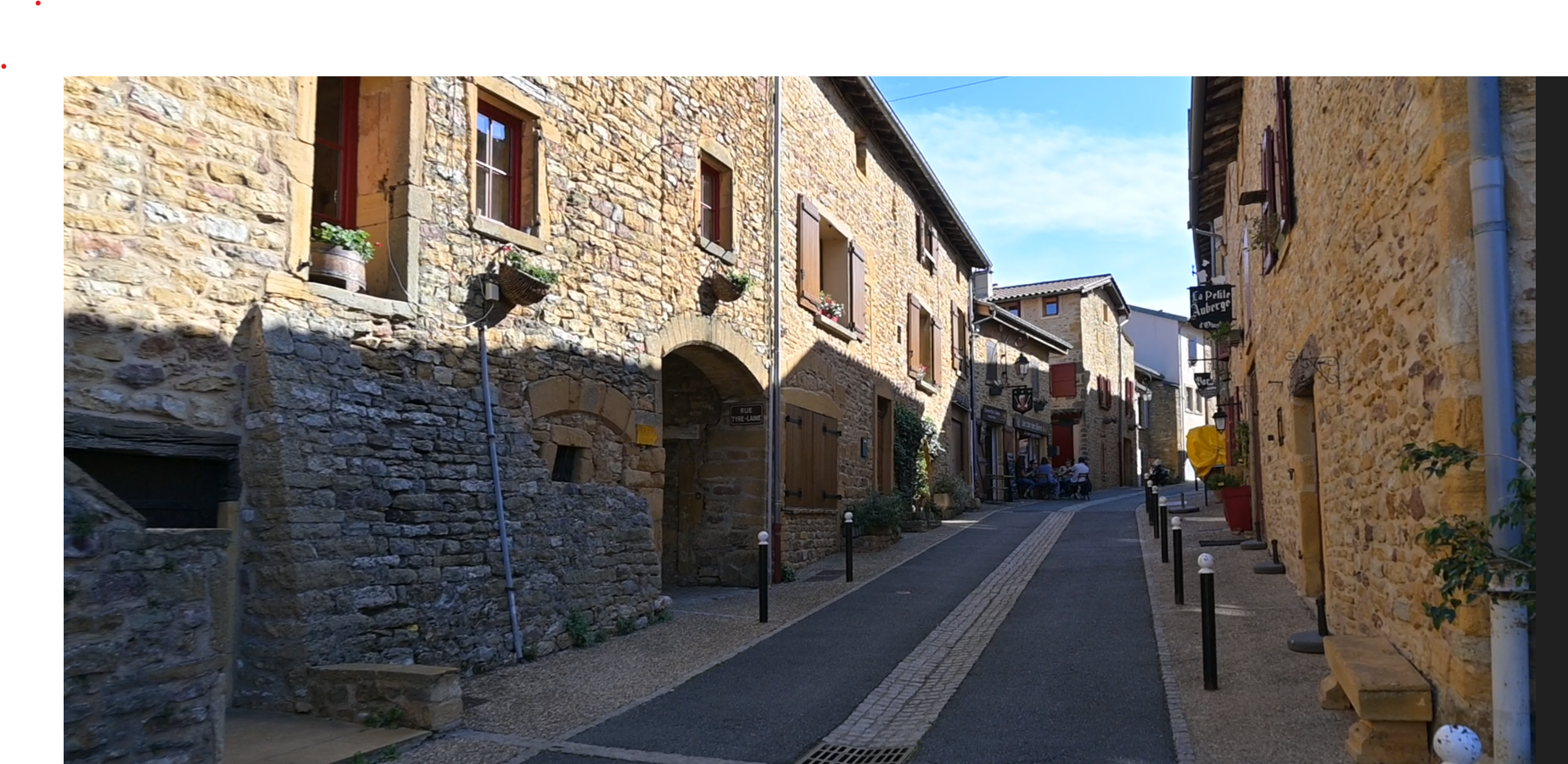
Oingt – the most picturesque medieval town
Visiting Oingt feels like stepping back in time. Its well-preserved medieval stone buildings, winding cobblestone streets, and vibrant flowers make it one of the most picturesque towns in the region. Perched atop a hill, Oingt offers breathtaking views of the surrounding countryside. The town is also a haven for artists, boasting numerous small art galleries.
Back in Lyon, we spent our final evening in Vieux-Lyon, where the historic buildings were beautifully illuminated. The bars and restaurants were brimming with energy. We began the night at a lively sports bar, dined at an Italian restaurant, and ended up at a bar featuring a live band belting out French rock. It was the perfect way to wrap up our incredible trip to France’s culinary capital.
